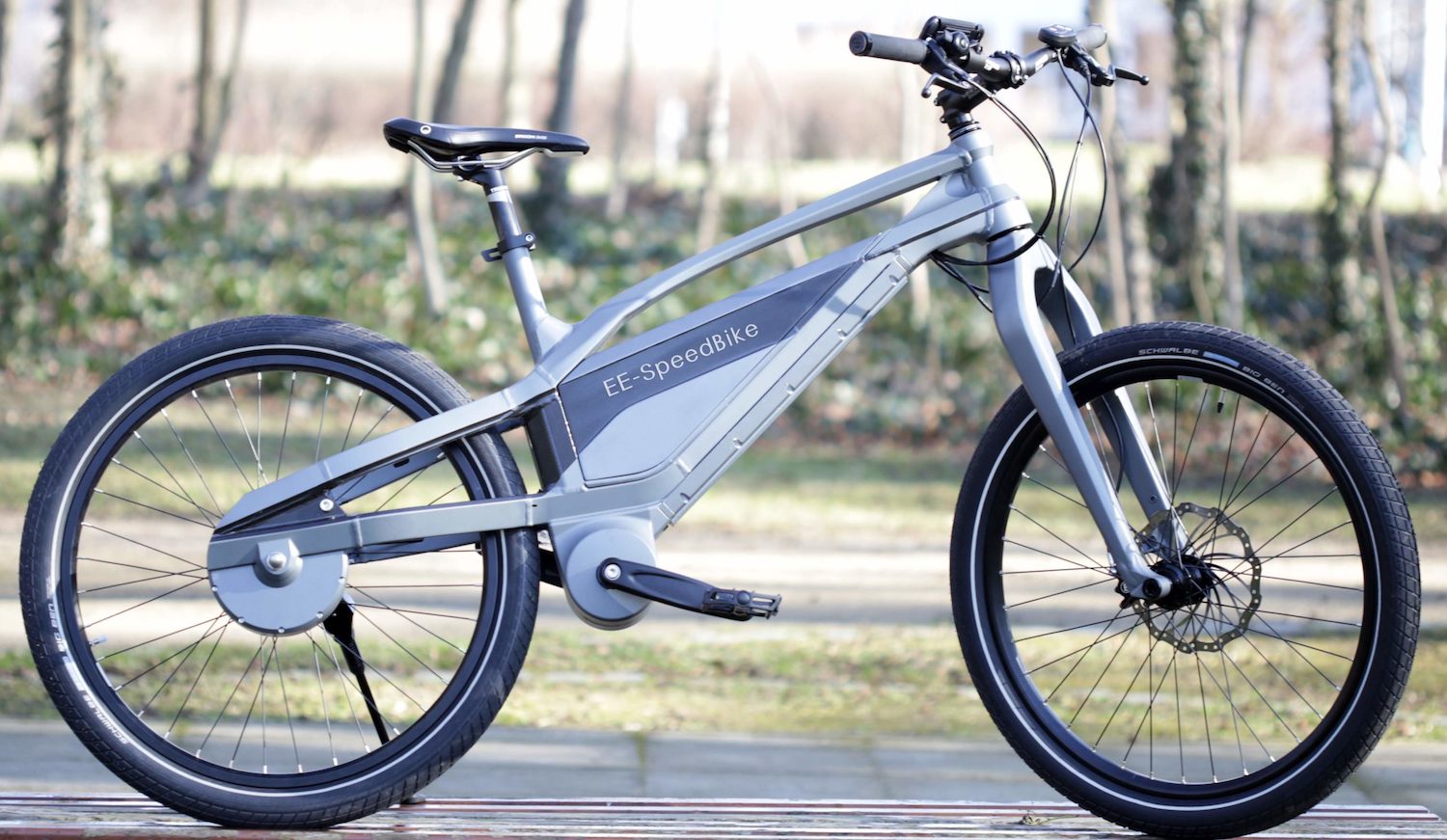Replacing the chain or transmission belt of the bicycle with electronic components to do the work of the transmission: this is the concept of the “digital drive”. If it may seem absurd at first, this system offers its own advantages.
A growing number of companies are offering this replacement technology for their bikes. A bicycle equipped with digital drive technology is a hybrid electric bicycle with which the cyclist pedals in the traditional way. On the other hand, the kinetic energy it produces, instead of actuating a chain or a belt, will power a generator which produces electricity for a motor located on the rear wheel. But then, what is the interest of such a device?
Chain-free operation and reduced maintenance
On a conventional bicycle, the sprockets are central elements of the transmission, which serve to modify the gear ratio between the force exerted by the cyclist on the pedals and the speed of the rear wheel. With the digital drive system, the generator replaces the sprockets, and software simulates the resistance of the chain.
Main advantage: virtually no maintenance of the transmission part is necessary, since there is no longer any friction with the chain or the belt. No need to lubricate or adjust the derailleurs, there is no physical element connecting the crankset to the rear wheel. We can still ask the question of the breakdown. When a derailed chain recovers very easily, or a derailleur only takes a few minutes to be changed, what would we do with this system? What about its long-term durability? It seems difficult to say today that an average person would be able to repair a bike equipped with the digital drive if it broke down.
Another advantage of the digital drive is the automatic gear change. The system already exists, but it doesn’t work exactly the same way here. The software that simulates the chain captures the power that the cyclist sends to the crankset and adjusts the transmission ratio live by aligning itself with the cadence of the pedaling. The result is increased riding comfort and a smoother feel.
Disadvantages and special uses
One could almost believe that this system would be close to perfection. Well no. Its main disadvantage is that it is much less efficient than a conventional transmission. When pedaling on a traditional bicycle, approximately 95% of the energy will be transmitted to the rear wheel. With the digital drive, this figure peaks at around 60%. The reasons ? 20% of the kinetic energy will be lost in the generator, and almost the same will be absorbed by the motor. You are pedaling in semolina, literally.
Another big disadvantage, and not the least important on a bike, is the weight. A bike equipped with the digital drive weighs on average 25% heavier than its traditional counterpart. That’s huge for a human-powered vehicle.
Does this condemn this device for all that not to be used? Not necessarily. It could find its place in recumbent bikes for example, which are often equipped with complex transmissions because of their frame morphologies. The digital drive could simplify this design. Electric cargo bikes, especially longtail ones, could also benefit from this technology. By eliminating the traditional transmission system, a good saving of space is possible, thus increasing the carrying capacity. The transport box would also be located lower, lowering the center of gravity, which would improve the maneuverability of the machine.
Why make it simple when you can make it complicated ? That’s certainly what the Shadoks would have said watching the digital drive. Heavier, less efficient, this system will certainly not be generalized to all bikes, at least not in this form. On the other hand, certain particular uses mentioned above could already benefit from it.
Sources: Electrek, Cycling About

3